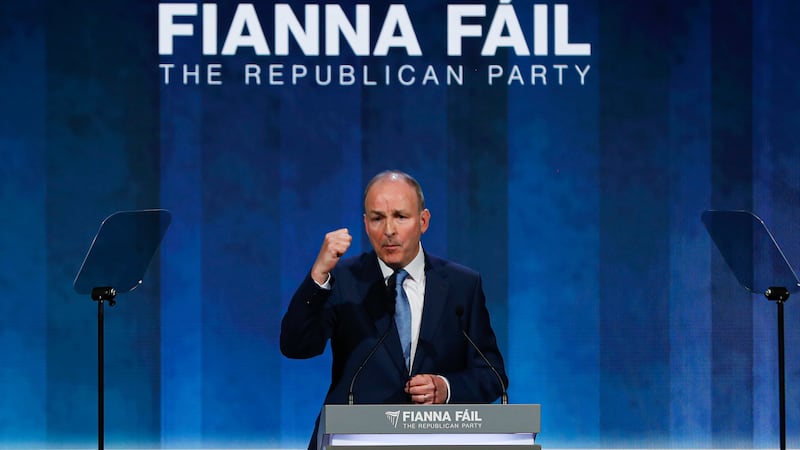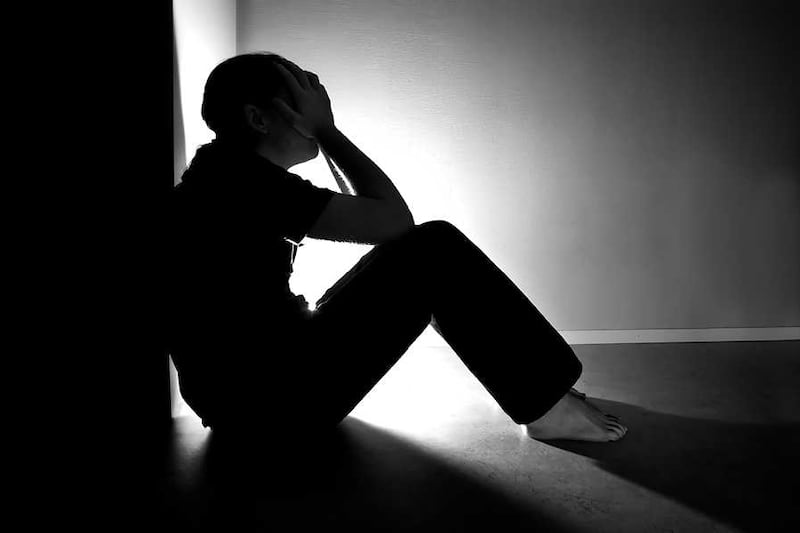THE disturbing issue of death by suicide is a complex phenomenon with many social issues suspected of contributing to the heartbreaking toll.
Factors as diverse as social media, the Troubles, and alcohol, substance and drug abuse are cited. One undeniable fact is that the numbers of men, women and, even more shockingly, children who end their own lives has risen dramatically since figures were first recorded in 1970. The total for that year was 73. The most recent figure, for 2018, was 307. Even allowing for changing ways of recording such deaths, that is a huge rise.
While the issue has been getting steadily and dramatically worse in Northern Ireland other parts of the world are proving that the number of suicides can be reduced. For instance, in the Republic 554 such deaths were recorded in 2011 but that figure had been reduced to 384 by 2018. A new prevention strategy called Connecting For Life was introduced in 2015.
Finland experienced spiralling suicide figures from the 1970s onwards, peaking at approximately 1,500 in 1990, but by 2015 that figure had been halved. Last year Finland was named the happiest nation in the world by the United Nations.
The Nordic country had introduced a strategy to understand why the shocking rise was happening and then to implement a public health scheme to reduce the number of suicides.
By any standard the success of the scheme could not be described as immediate. It also depended on charitable organisations lifting some of the load.
It would be wonderful if a new strategy could reduce the number of suicides immediately on introduction. But that is not going to happen. The evidence of Finland and the Republic indicates that the number of such deaths can be reduced – but only by a coherent, joined-up and properly funded course of action.






